Foundation Repair Timing and Solutions
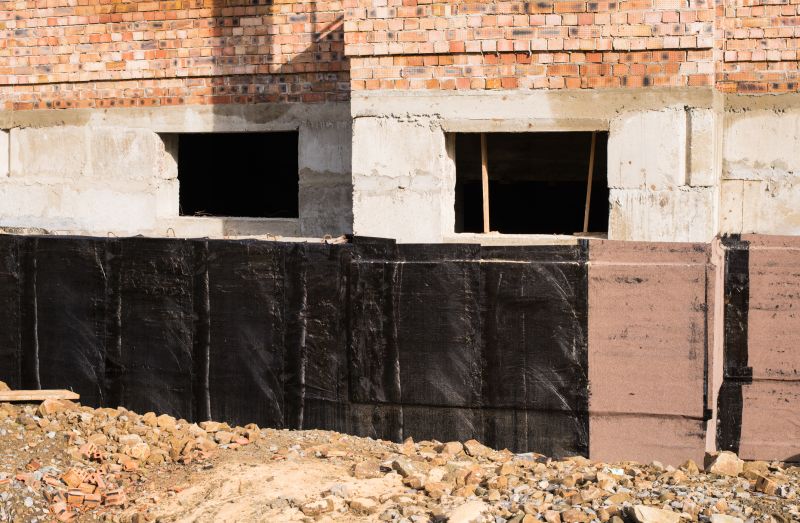
Spring offers moderate weather conditions, making it suitable for foundation repairs before extreme temperatures arrive.
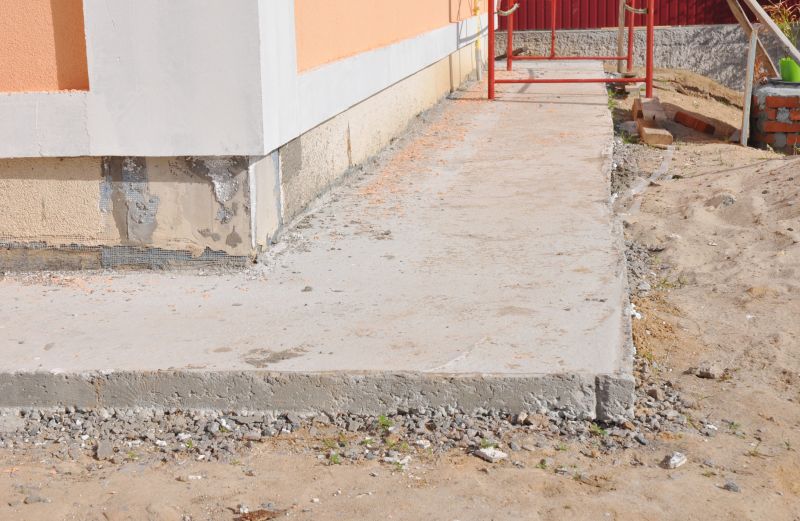
Performing repairs during summer can be advantageous due to dry weather, which helps with curing and settling processes.

Fall provides cooler temperatures and less moisture, reducing delays caused by weather-related disruptions.
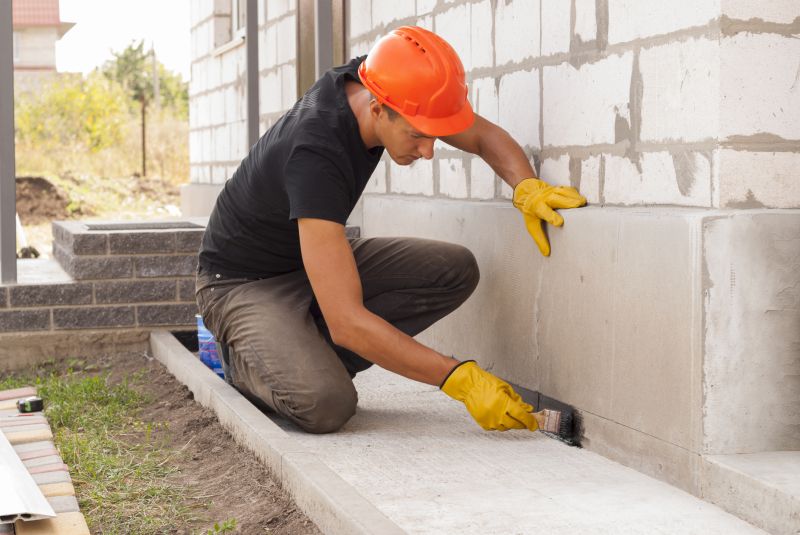
Winter repairs are possible in milder climates, but extreme cold can hinder certain repair methods and material curing.
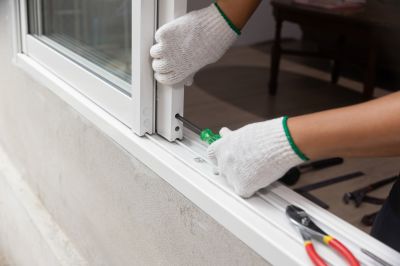
The best time generally falls between late spring and early fall when weather conditions are most stable.
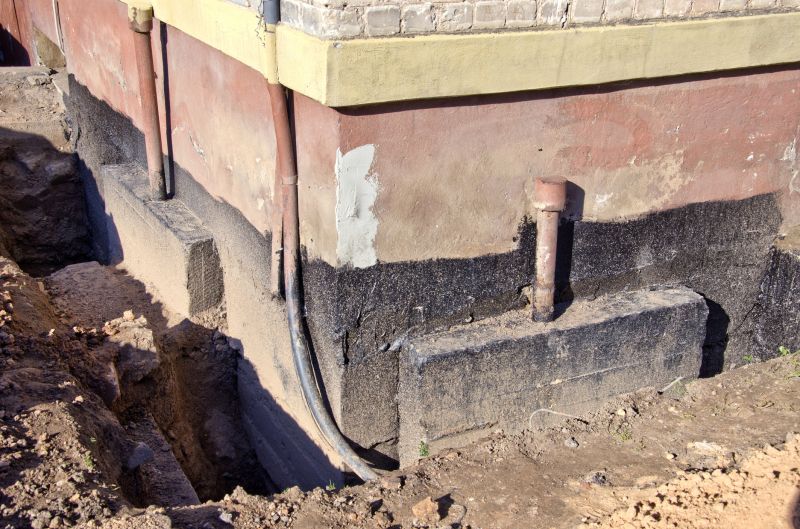
Unfavorable weather, such as heavy rain or freezing temperatures, can delay or compromise foundation repair work.
Foundation repairs are essential for maintaining structural integrity and preventing further damage to a property. Addressing issues promptly can save costs and avoid extensive future repairs. Factors such as soil movement, moisture levels, and weather conditions influence the timing and success of repair projects. Proper assessment and planning ensure repairs are carried out during optimal conditions, leading to better outcomes.
Statistics indicate that most foundation problems are detected during periods of soil expansion and contraction, typically in spring and fall. Repair success rates improve when performed in stable weather conditions, reducing the risk of rework or additional damage. Regular inspections and timely intervention are recommended to identify issues early and determine the most suitable time for repairs.
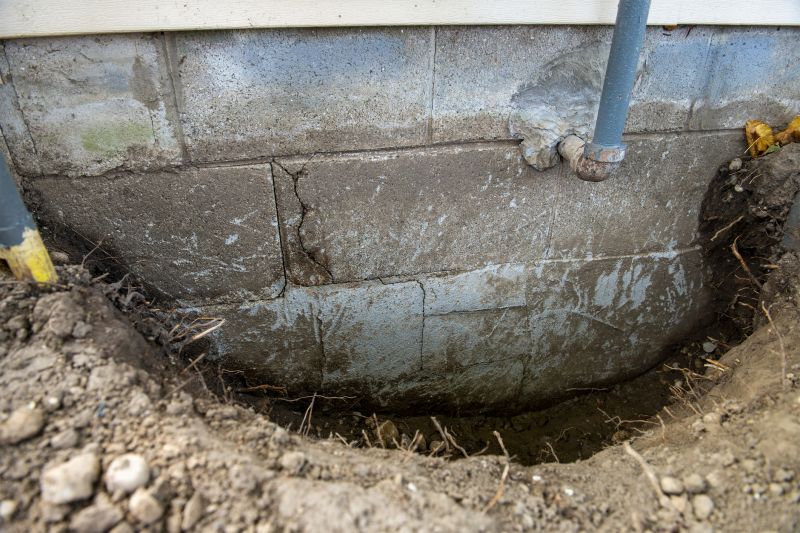
Cracks often appear due to soil movement; repairing them during dry, moderate weather helps ensure longevity.

Best performed in dry seasons to facilitate proper installation and curing of underpinning supports.
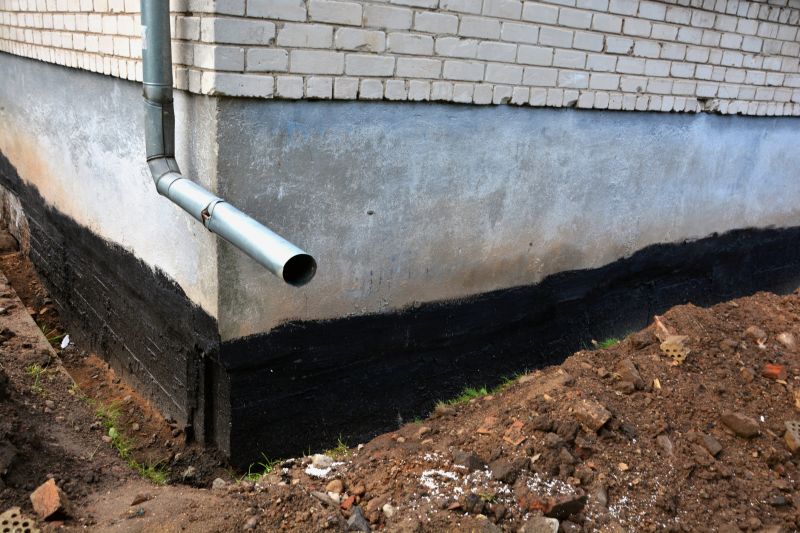
Implementing drainage solutions during dry months prevents water accumulation that can weaken foundations.

Timing soil stabilization projects during periods of minimal moisture fluctuation enhances effectiveness.
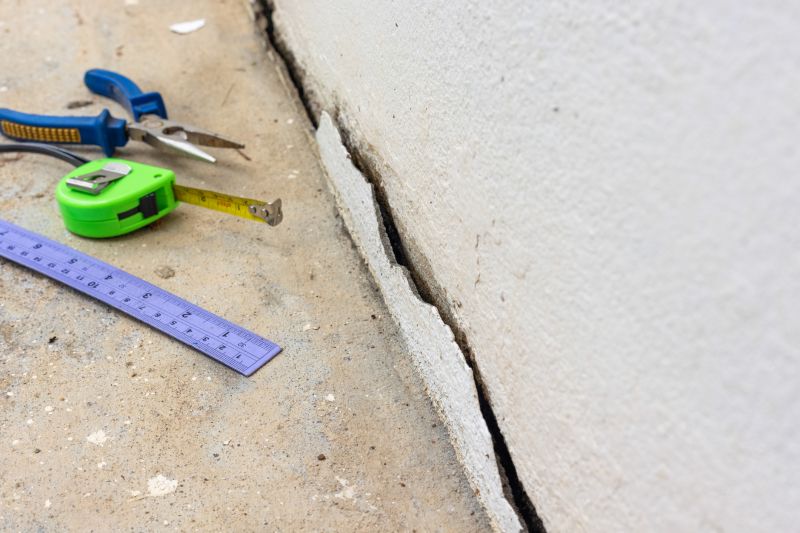
Optimal in seasons with predictable weather to avoid shifts caused by freeze-thaw cycles.
| Season | Ideal Conditions |
|---|---|
| Spring | Moderate temperatures, manageable moisture levels |
| Summer | Dry weather, good curing conditions |
| Fall | Cooler temperatures, less rain |
| Winter | Possible in mild climates, avoid freezing temperatures |
Timely foundation repairs can prevent costly structural issues and extend the lifespan of a property. Properly scheduling repairs during favorable weather conditions ensures better material performance and reduces delays. Regular inspections and early intervention are key to maintaining a stable foundation.
For property owners in Novi, MI, understanding seasonal impacts on foundation repair timing can lead to more effective and durable solutions. Consulting with foundation specialists can help determine the best window for repairs based on current conditions and future weather patterns.
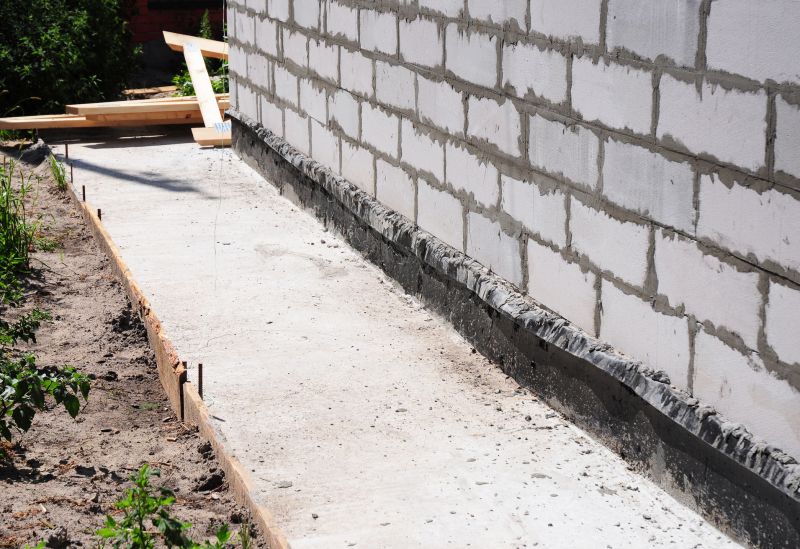
A detailed process involving assessment, planning, and execution during optimal seasons ensures lasting results.
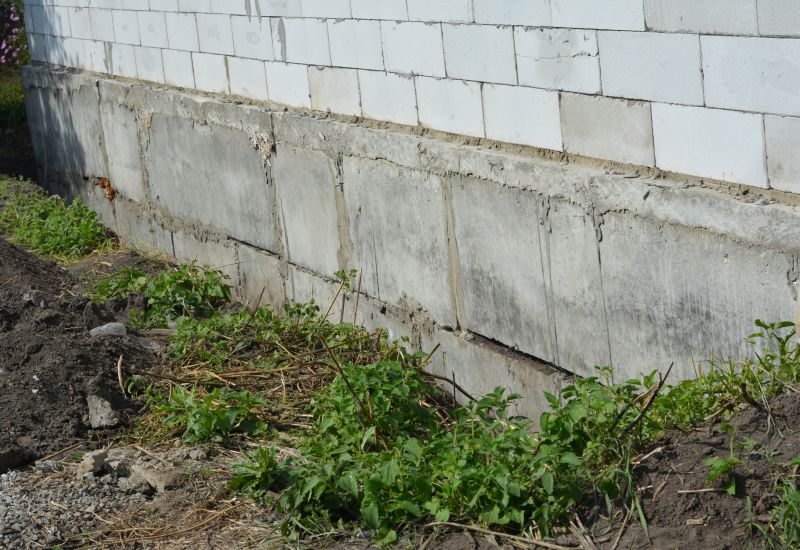
Early detection during favorable weather helps plan repairs effectively.
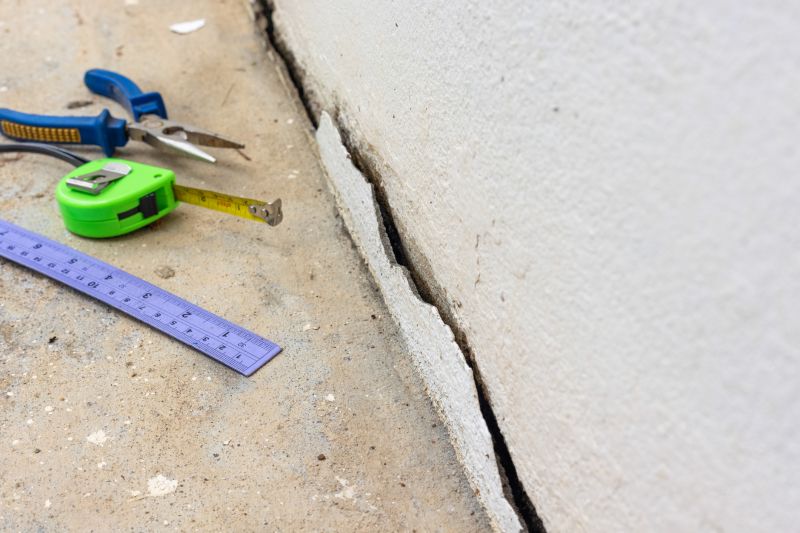
Monitoring during stable weather conditions confirms repair durability.
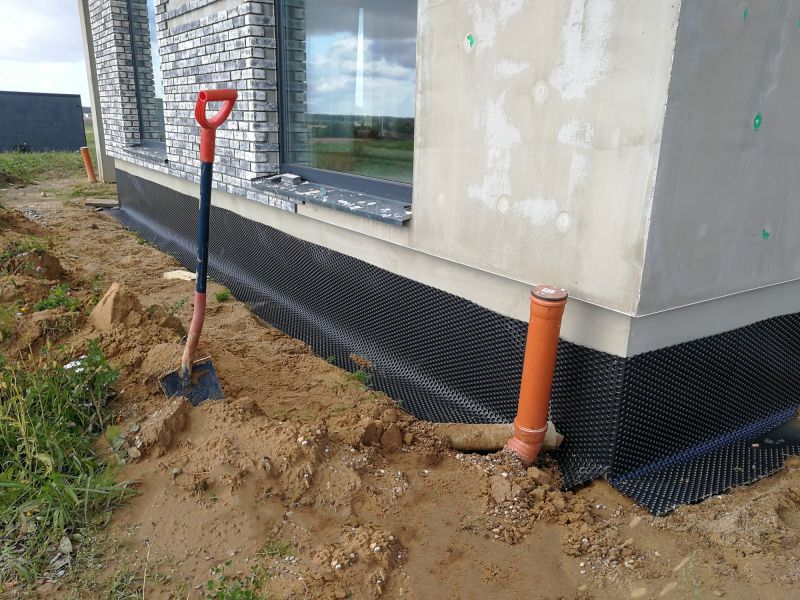
Proper drainage and moisture control during specific seasons support foundation health.
Ways to make Foundation Repairs work in tight or awkward layouts.
Popular materials for Foundation Repairs and why they hold up over time.
Simple add-ons that improve Foundation Repairs without blowing the budget.

